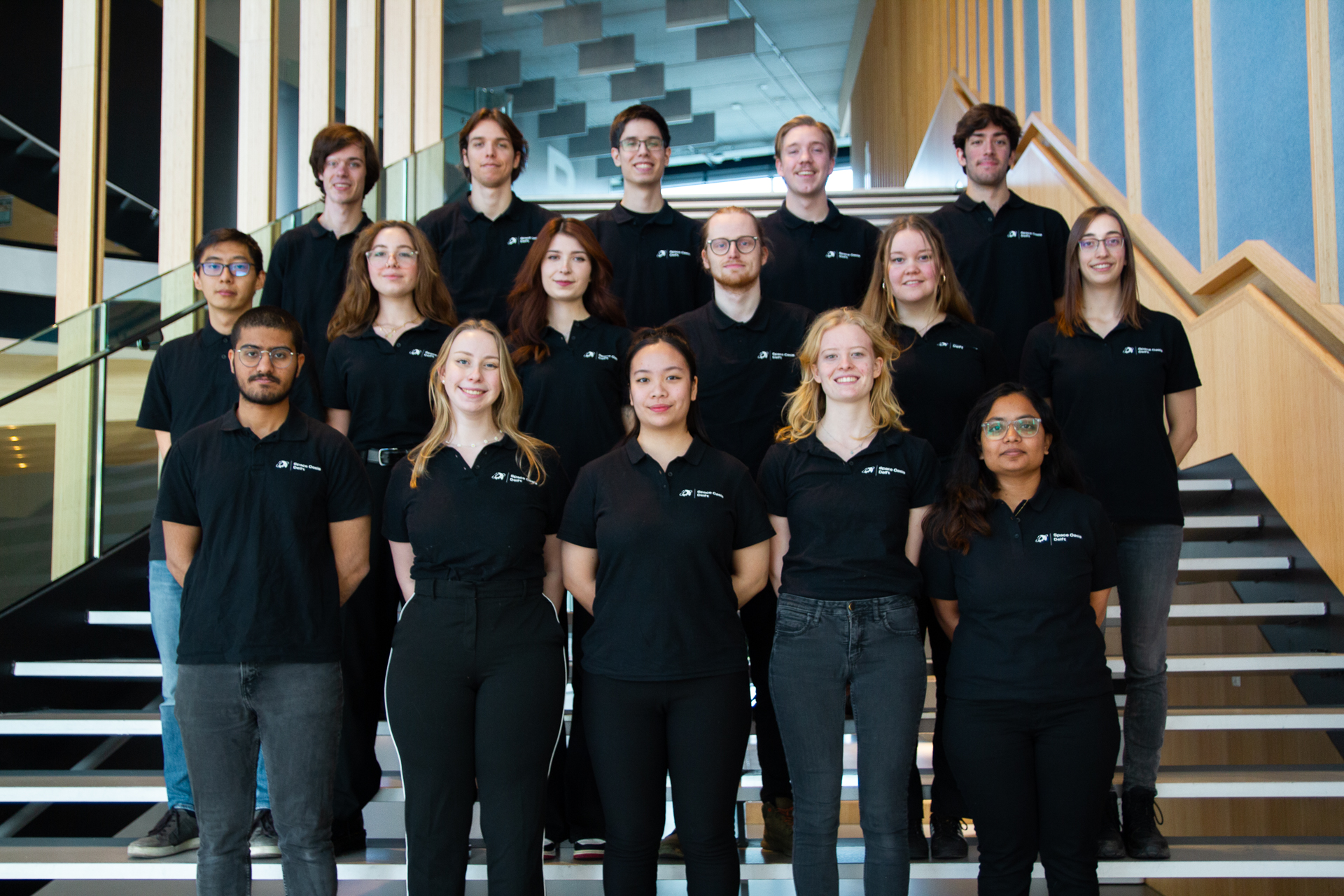

At the beginning of this academic year, Space Oasis Delft became a TU Delft Dream Team. Along with a few other current team members, Marit Vegt, our team manager and founder, has worked hard to gain a place in the TU Delft Dream Hall throughout last year. The team consists of students with a varying academic background, of which most study at the TU Delft. Recently, a student from De Haagse Hogeschool Den Haag has joined the team, as well as a student from the University of Amsterdam and a student from Leiden University. We are all space enthusiasts who are inspired by a future where humanity is a multiplanetary species.

The team has departments for management, Architecture, 3D rendering, PR, Partnerships, Medicine and engineering. The architecture department will design the habitat, the 3D rendering artists will develop images to show the habitat and its specifics to the outside world, the medicine department is going to focus on life support systems, food and living circumstances and the engineering department will focus on matters such as how the habitat will be built, the materials needed for the habitat, the environment as well as the energy needed for powering the habitat.
Our biggest goal this year is designing a habitat and winning the space category The Lunar or Martian Village of the international architecture competition hosted by the Fondation Jacques Rougerie, due by September, 2024, while documenting our findings, developing models and meeting all criteria of the competition.
The Fondation Jacques Rougerie Competition is a yearly architectural competition organised in partnership with UNESCO. The competition is linked to bio-inspiration and sustainable development. It has three categories; Oceanic, Coastal and in space/on a celestial body. All environments are extreme and challenge architects greatly.
The competition aligns greatly with the values of the TU Delft Dream Hall. As said on their website, when entering into the Fondation Jacques Rougerie Competition, the project must be bold and forward looking. Enthusiastic more than normalized, they will show that inspiration, when it intersects form, function and environment, can lead a simple idea where it is not expected. (https://www.fondation-jacques-rougerie.com/en/competitions/architecture-and-innovation-awards/). The most important criteria for the competition include focusing on the human place in the project, biomimicry and bio-inspiration, and sustainable development. The lunar habitat has to be self-sufficient and has to be at the service of humanity allowing for a group of trained professionals from different disciplines to live there.
At the beginning of the year we chose which celestial body this would be, and we settled on the moon. We chose the moon instead of Mars, as the moon is going to be a big topic of interest in the next few years with the next Artemis missions by NASA coming up. The Moon will be a place to start building extra-terrestrial communities, but, we don not see the moon only as a stepping stone for Mars, we want to design a long term habitat providing scientific insights and inspiration on the long run.